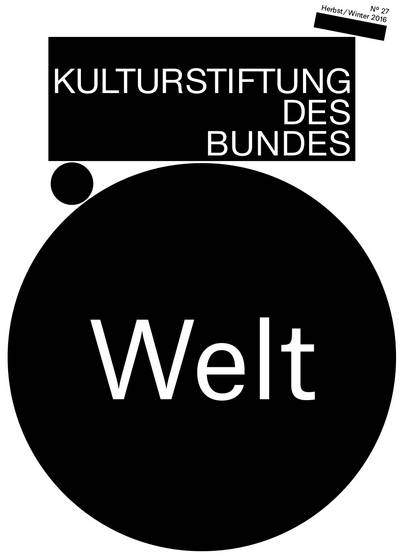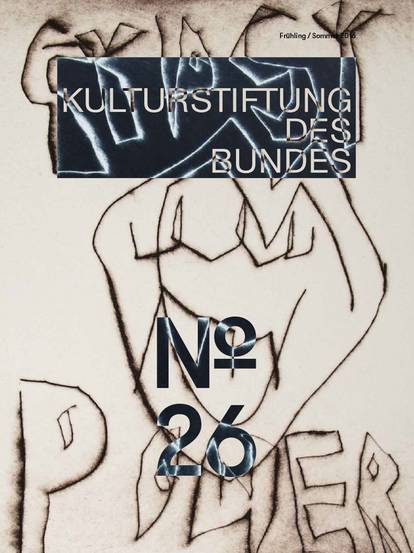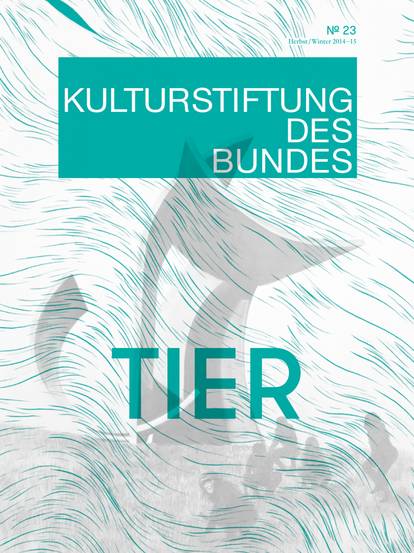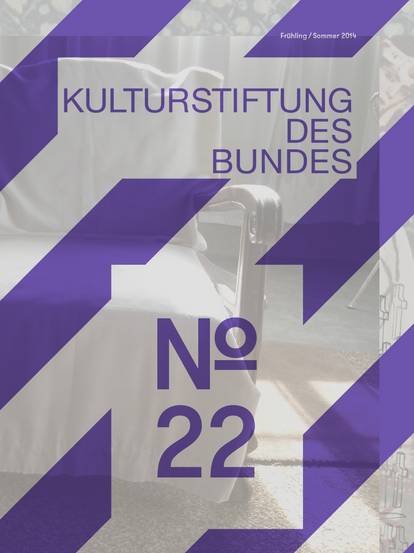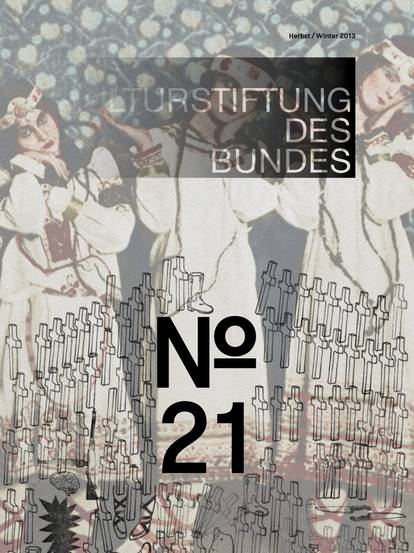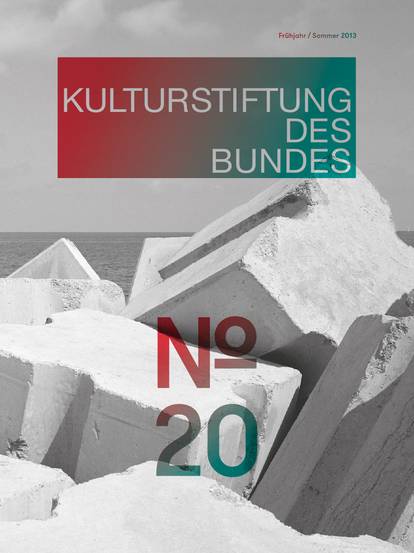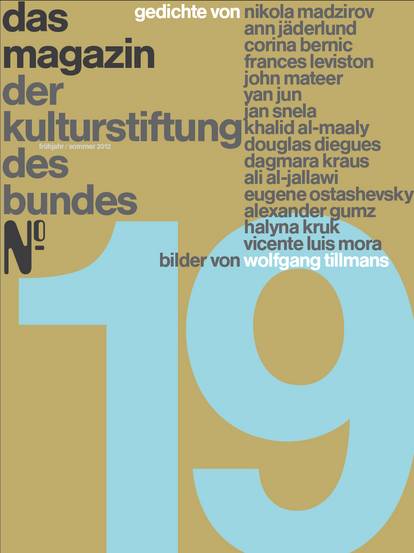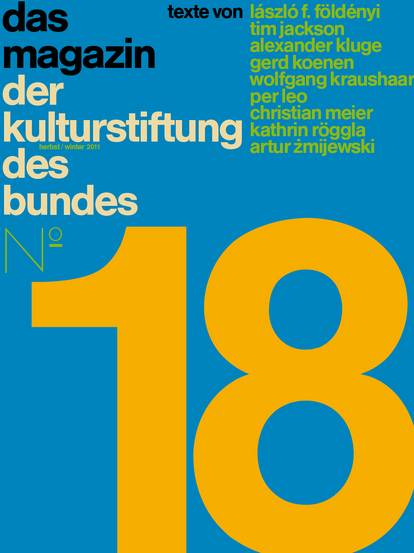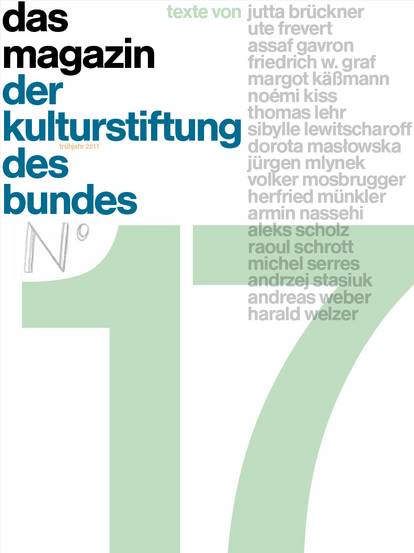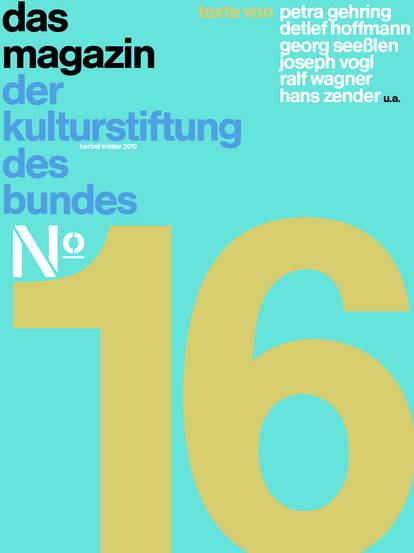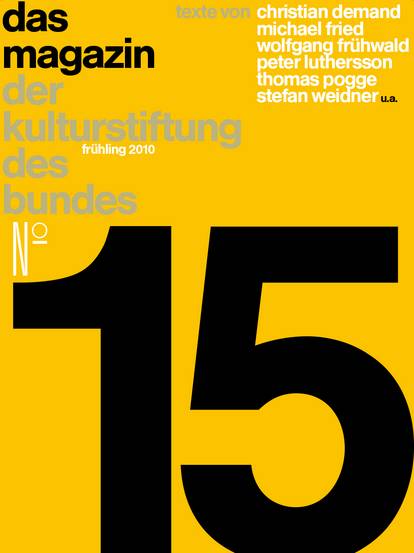The work that KM does is closely tied to the question – for whom? The simplest answer to that would be to say that he works for himself, for “Kostas Murkudis”, for his own label, which he created and has shaped and continuously changed ever since his first spectacular show in Paris in 1996. Yet this label is an illusion. It combines a broadly diverse and disparate array of works under one name – products, projects, artistic experiments, also affiliations and collaborations with other labels and fashion stores, galleries and museums, patrons and clients. KM has worked in highly diverse contexts – for the relaunch of the undergarment manufacturer Schiesser, as the creative director of the jeans label Closed, for the Museum für Moderne Kunst in Frankfurt am Main. The only continuity in the “Kostas Murkudis” label is Kostas Murkudis himself. The man is the label, though he invests little effort in being a label. He is not interested in heightening his recognisability, in maintaining stylistic lines and dogmas and assessing every new trial on the basis of its potential marketability. KM is loyal to no label except solely and exclusively to himself. And the overriding principle behind this is openness. In his case, it’s not a matter of being coquettish, it’s an artistic credo. Which doesn’t make life easier for him. Keeping an open mind involves work, sometimes even painful work. Openness also means constantly freeing oneself, tossing security and firm parameters overboard, refusing to settle on one thing or letting others force you to settle on one thing. It means staying anchored in the artistic process at all times and placing your trust in your intuition of the moment. And it means working and living with the great uncertainty of what may happen if in fact anything happens at all.
It’s hardly surprising that Kostas Murkudis’s artistic curiosity becomes restless with the standard format of fashion shows. His imagination and expressive drive cannot be content for long with models pacing up and down catwalks, changing their outfits in time with synthetic mood music. His shows are installations which surpass the conventional boundaries of the fashion world. They resemble a performance, an experiment, an event. His secret desire and passion for arthouse cinema is no coincidence. For him, it is the dream of a format with the highest degree of freedom and openness, a film without a prewritten script in which he, the artist, author and director, creates the conditions under which the artistic act can happen. KM’s interest in the spontaneous interaction between the person and the material, the subject and object, corresponds to his search for that singular moment when something extraordinary occurs. His dream of artistic cinema is that of the “one shot” – no retakes, his cameras fixed intently on the action, because it’s about the flow of events which are happening in the here and now. Ephemerality is a central motif and subject which can be found in all of KM’s works, much like his relationship with time as a dimension and form of movement.
The journey through time, the crossing of boundaries, the creative moment and the fleeting appearance as the true “work” – in all of this, we recognise how process-oriented Kostas Murkudis thinks about and regards his art, how he through his art is incessantly exploring. His works are basically one work which continues perpetually. Correspondingly, he is quite averse to making final statements, to bringing the artistic process to a standstill and neutralising its effective force by permanently fixing parameters and details. For KM, whose medium and message is the tension created by contradictions and oppositions, the truth lies in the balance, in the interaction and dynamics between polarities. What counts is the living moment which evades full definition. When a process is completed, a result provided and a collection finished, this end is always a farewell, a turning away and towards something else, even something completely opposite. It’s almost as if KM would refuse to be a label. In his case, repetition and variation as part of a rigid corporate identity are completely out of the question as he readjusts the focus of his search after every piece. In this way, nothing he has done can foreshadow what he will do. The result does not define how the process continues, it doesn’t proceed along the straight and true, but is characterised by jumps, interruptions and repulsions. From its past we can deduce nothing of what the future holds.

![[Translate to English:] Magazine 38](/fileadmin/_processed_/f/1/csm_Magazin38_Cover-Vorschau_921x1230_689f428dc3.jpg)
![[Translate to English:] Magazine 37](/fileadmin/_processed_/b/c/csm_Mag37_Cover-Vorschau_921x1230_b5129fdb2a.jpg)
![[Translate to English:] Magazine 36](/fileadmin/_processed_/2/a/csm_Cover_Magazin36__issuu_2f3cef97bb.jpg)

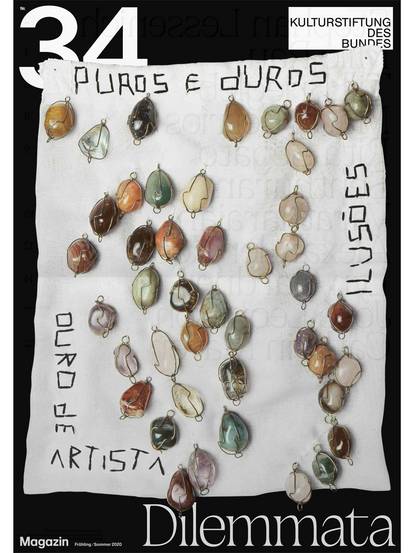
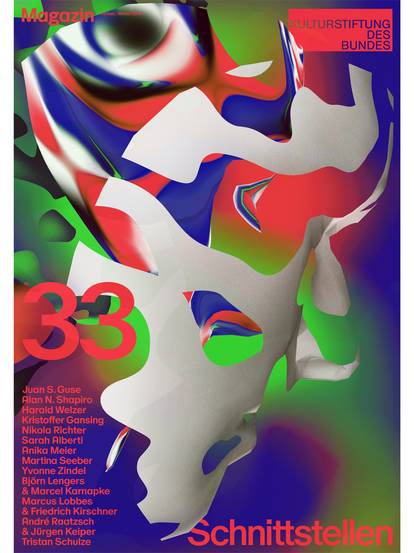
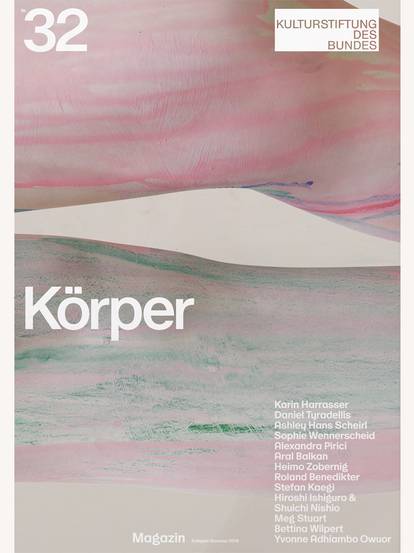
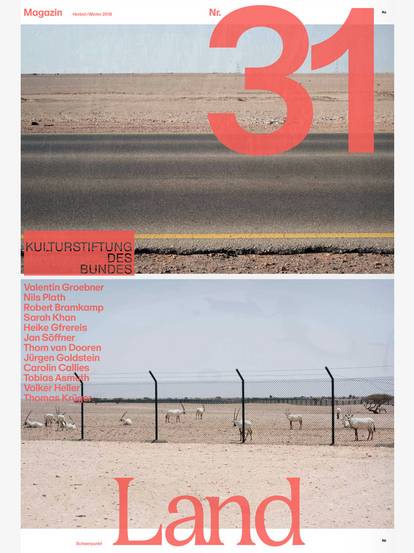
![[Translate to English:] Magazine 30](/fileadmin/_processed_/c/b/csm_magazin30_vorschau_9005f773d3.jpg)


